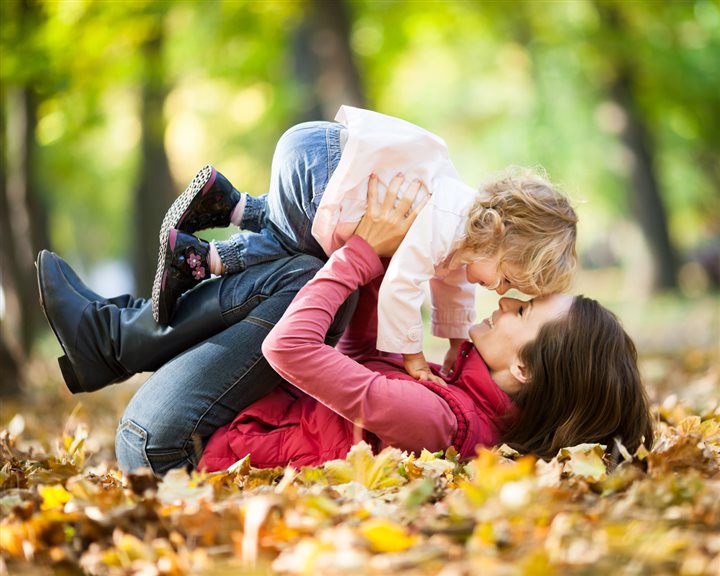 You heard all about the worst allergy season ever. You know the pollen tsunami swept through and left everyone sneezing and wheezing in its wake. But you want to know why the end of summer is almost here and you’re still miserable.
You heard all about the worst allergy season ever. You know the pollen tsunami swept through and left everyone sneezing and wheezing in its wake. But you want to know why the end of summer is almost here and you’re still miserable.“Although spring, summer and fall have different sets of allergens to trip up allergy and asthma sufferers, they can cause the same symptoms,” says allergist Janna Tuck, M.D., Fellow of the American College of Allergy, Asthma and Immunology (ACAAI). “Those who have multiple triggers, may not be able to distinguish between what’s causing their symptoms. They just know they’re congested, with red eyes and an itchy nose.”
Ragweed is the biggest allergy trigger in the fall. It usually starts releasing pollen with cool nights and warm days in August, and can last into September and October. And the majority of people who are allergic to spring plants are also allergic to ragweed.
So what can you do to manage allergy and asthma symptoms in the fall? Many of the same things you do in spring, according to ACAAI.
“The most important reminder is to start taking fall allergy medication two weeks or so before symptoms usually begin,” says Dr. Tuck. “You should also continue your medication for two weeks after the first frost. Both nasal and eye symptoms associated with ragweed allergies can linger after pollen is no longer in the air.”
Another treatment option is allergy tablets, available for grass and ragweed pollens. The tablets need to be started at least three months before allergy season begins. While only two allergens can be treated with this method, it may be a good option for grass and ragweed allergies not controlled with other medications. Talk with your allergist to see if this option is right for you. If not, allergy shots are a tried and true method of relief.
What else can you do about fall allergy symptoms?
The first line of defense is to avoid triggers. After spending time outdoors, shower, change and wash your clothes. While working outdoors, wear a NIOSH N95-rated filter mask. Only N95 masks filter out pollen due to its micro size. Be sure to also keep your car and home windows closed. If you do go outside, wear a hat and sunglasses to keep pollen out of your eyes.
If you suffer from any seasonal allergies, see a board-certified allergist. Allergists are trained to diagnose and treat your symptoms, and to work with you to create an individual action plan.
If you think you might be one of the more than 50 million Americans that suffer from allergy and asthma, you can find an allergist in your area with the allergist locator tool.
For more information and to find relief, visit AllergyandAsthmaRelief.org. Join us on Facebook, Pinterest and Twitter.
